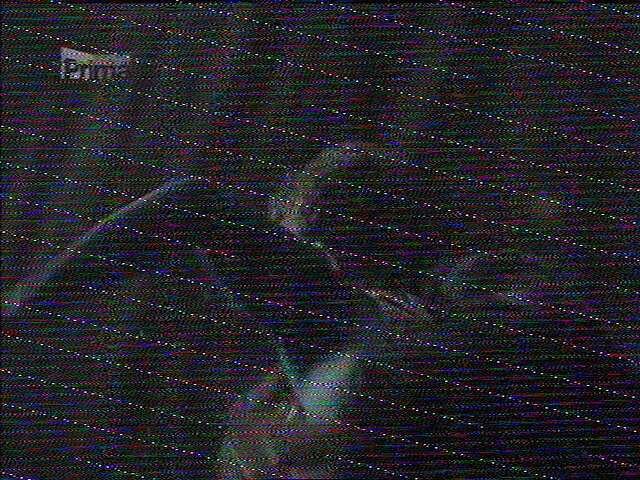Electromagnetic compatibility
Electromagnetic compatibility (EMC) is the ability of electrical equipment and systems to function acceptably in their electromagnetic environment, by limiting the unintentional generation, propagation and reception of electromagnetic energy which may cause unwanted effects such as electromagnetic interference (EMI) or even physical damage to operational equipment. The goal of EMC is the correct operation of different equipment in a common electromagnetic environment. It is also the name given to the associated branch of electrical engineering.
Anechoic RF chamber used for EMC testing (radiated emissions and immunity). The furniture has to be made of wood or plastic, not metal.
Log-periodic antenna measurement for outdoors
A TV tuner card showing many small bypass capacitors and three metal shields: the PCI bracket, the metal box with two coax inputs, and the shield for the S-Video connector
Spread spectrum method reduces EMC peaks. Frequency spectrum of the heating up period of a switching power supply which uses the spread spectrum method incl. waterfall diagram over a few minutes
Electromagnetic interference
Electromagnetic interference (EMI), also called radio-frequency interference (RFI) when in the radio frequency spectrum, is a disturbance generated by an external source that affects an electrical circuit by electromagnetic induction, electrostatic coupling, or conduction. The disturbance may degrade the performance of the circuit or even stop it from functioning. In the case of a data path, these effects can range from an increase in error rate to a total loss of the data. Both human-made and natural sources generate changing electrical currents and voltages that can cause EMI: ignition systems, cellular network of mobile phones, lightning, solar flares, and auroras. EMI frequently affects AM radios. It can also affect mobile phones, FM radios, and televisions, as well as observations for radio astronomy and atmospheric science.
Electromagnetic interference in analogue TV signal
Interference by 5 GHz Wi-Fi seen on Doppler weather radar






